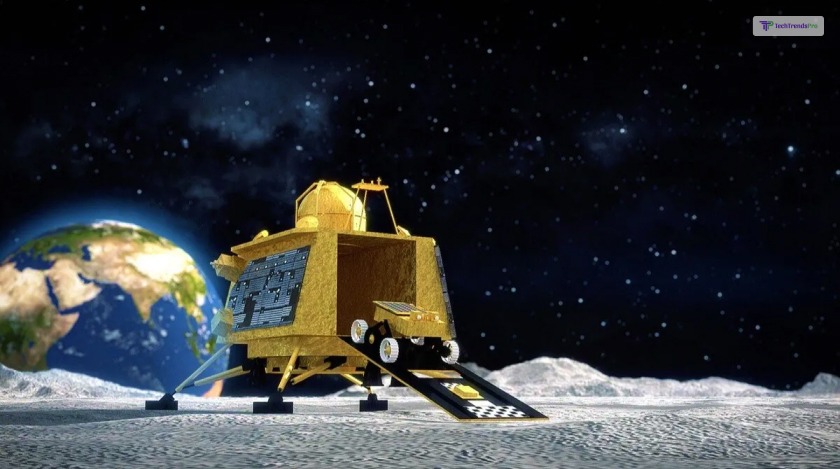
In a remarkable feat of space exploration, India emerged triumphant as its Chandrayaan-3 spacecraft touched down on the moon’s south polar region earlier today, marking a significant achievement for the Indian Space Research Organization (ISRO). The successful landing at 8:34 AM ET was announced by S. Somanath, the chairman of ISRO, amidst cheers and applause from a packed mission control.
This event concluded a competitive race against Russia, which had also been striving to reach the moon’s south pole. The race began earlier this month, with India enjoying a 26-day head start.
On July 14, the Indian spacecraft Chandrayaan-3 was launched from the Satish Dhawan Space Center, carrying a 1,726 kg lander and a 26 kg rover. Russia followed suit on August 9, launching its 1,750 kg Luna 25 lander from the newly constructed Vostochny Cosmodrome in the Amur Oblast region.
The victory for India was especially notable considering the challenges of landing in the moon’s south polar region, characterized by rocky terrain. Unlike the equatorial areas previously targeted by Apollo missions, this region posed significant hurdles due to its boulder-strewn landscape.
However, ISRO’s Chandrayaan-3 successfully maneuvered its way to a safe landing spot, briefly entering hover mode at an altitude of 850 m above the surface to identify a suitable location.
The decision to race to the moon’s south pole was motivated by the scientific potential it held. The lunar regolith, or soil, was speculated to contain crystals of water ice, with the possibility of shadowed craters in the region acting as frozen reservoirs.
These theories were substantiated by India’s Chandrayaan-1 mission in 2008, which confirmed the presence of icy regolith using an on-board spectrometer. Furthermore, a 29 kg impactor probe dropped on the south pole demonstrated the existence of water just prior to impact.
According to TIME, “Three other countries—the U.S., China, and the former Soviet Union—have also achieved soft lunar landings, but none has ever reached the south lunar pole, and that’s not for lack of trying.”
Prof. Martin Barstow, the director of Strategic Partnerships at Space Park Leicester, states that even though we know this polar landing can be done, it does not make anything easy. “Landing at the poles is much more difficult than landing at the equator. You’ve got to get into a polar orbit to release the lander and nobody has done that before. The US hasn’t landed anything at the poles on the moon.”
The success of Chandrayaan-3 not only reinforces India’s position in space exploration but also fuels the global interest in uncovering the mysteries of the moon’s unexplored terrains. As space agencies and private companies continue to push the boundaries of lunar exploration, the latest achievement by ISRO stands as a testament to human ingenuity and determination in pursuing scientific discovery.
Read Also:






